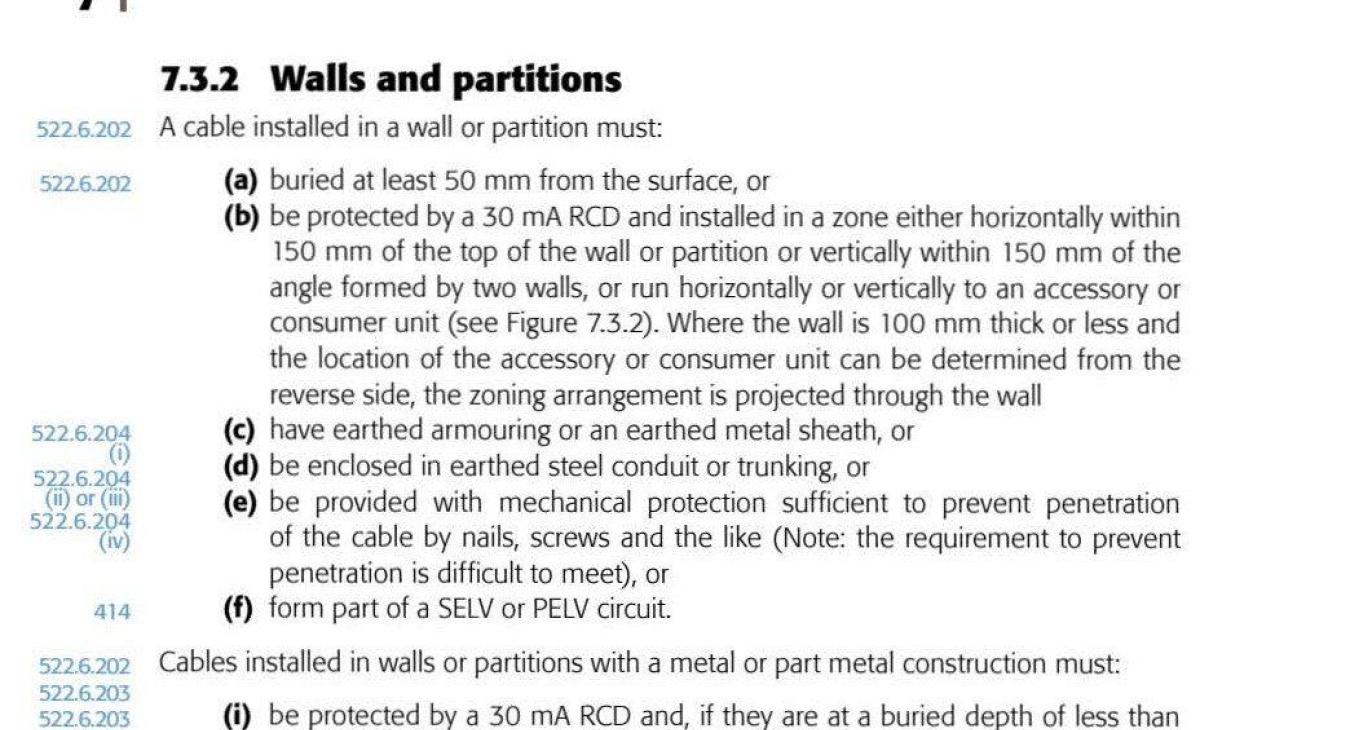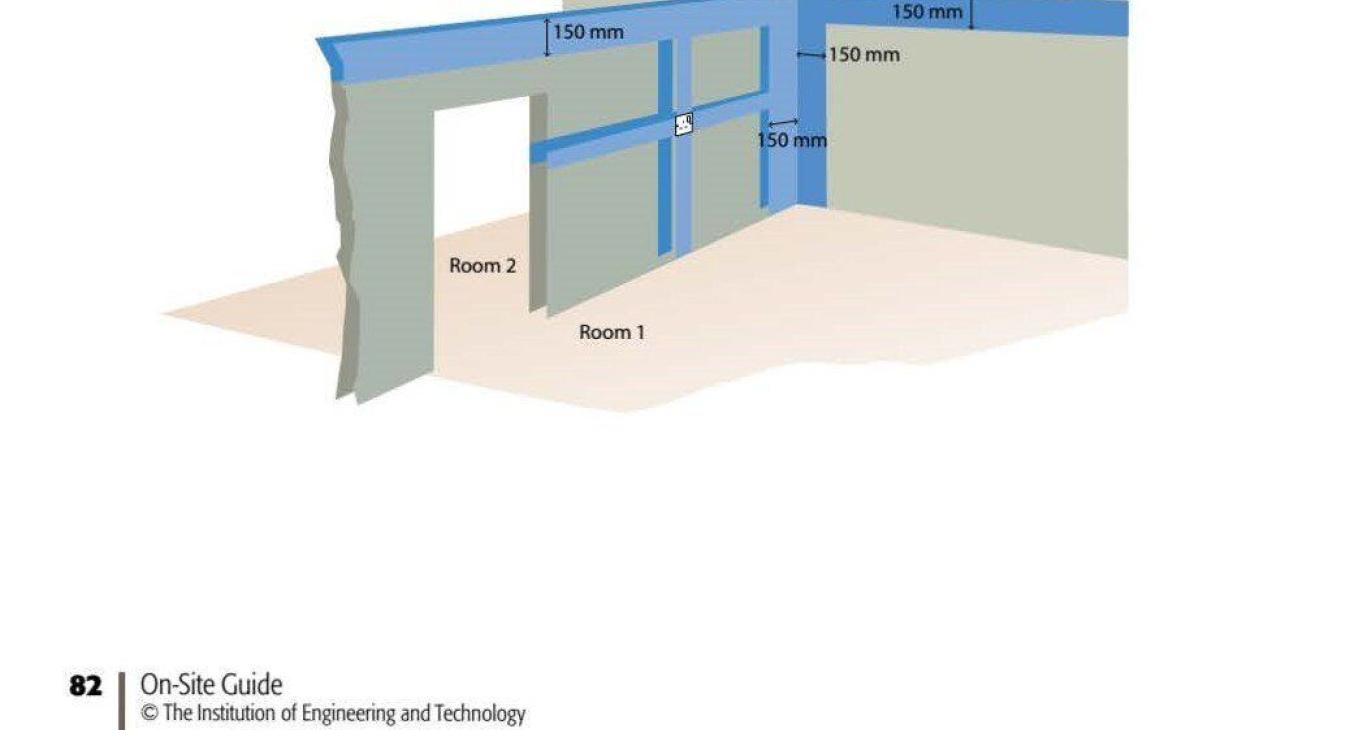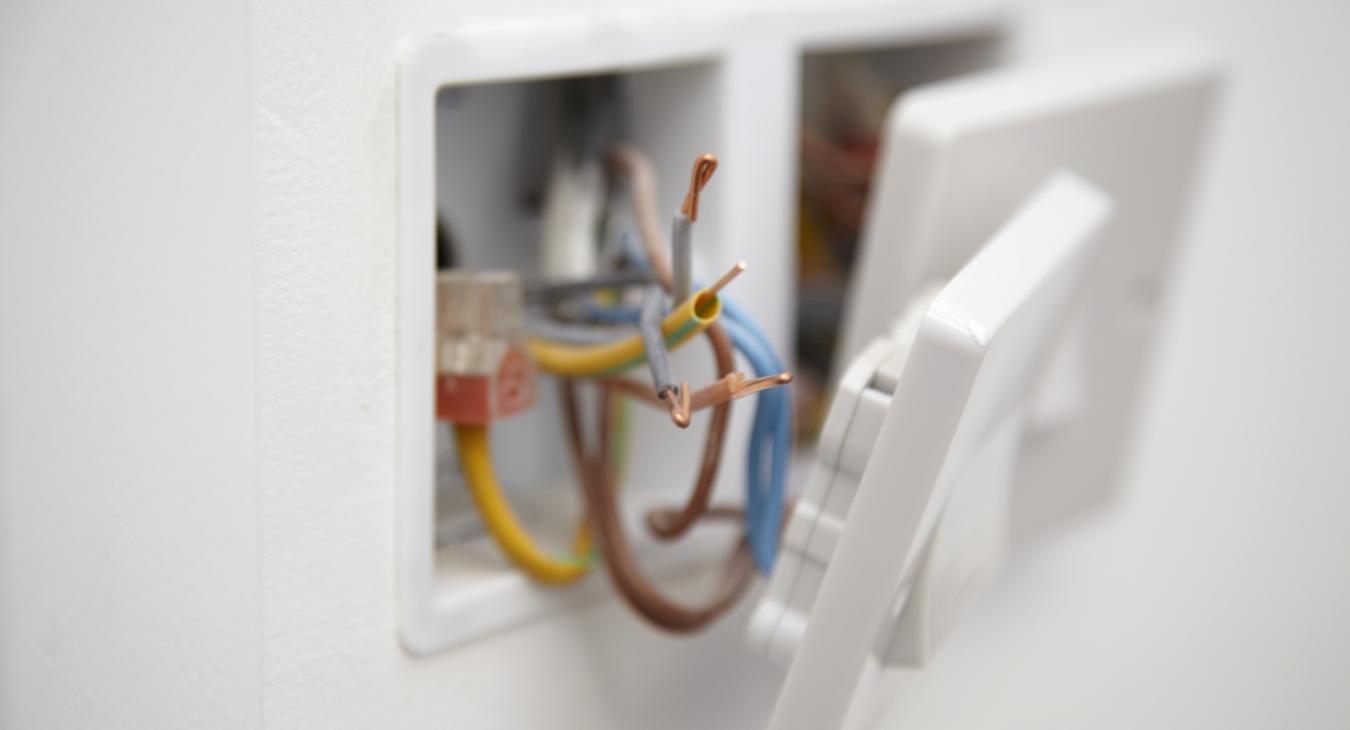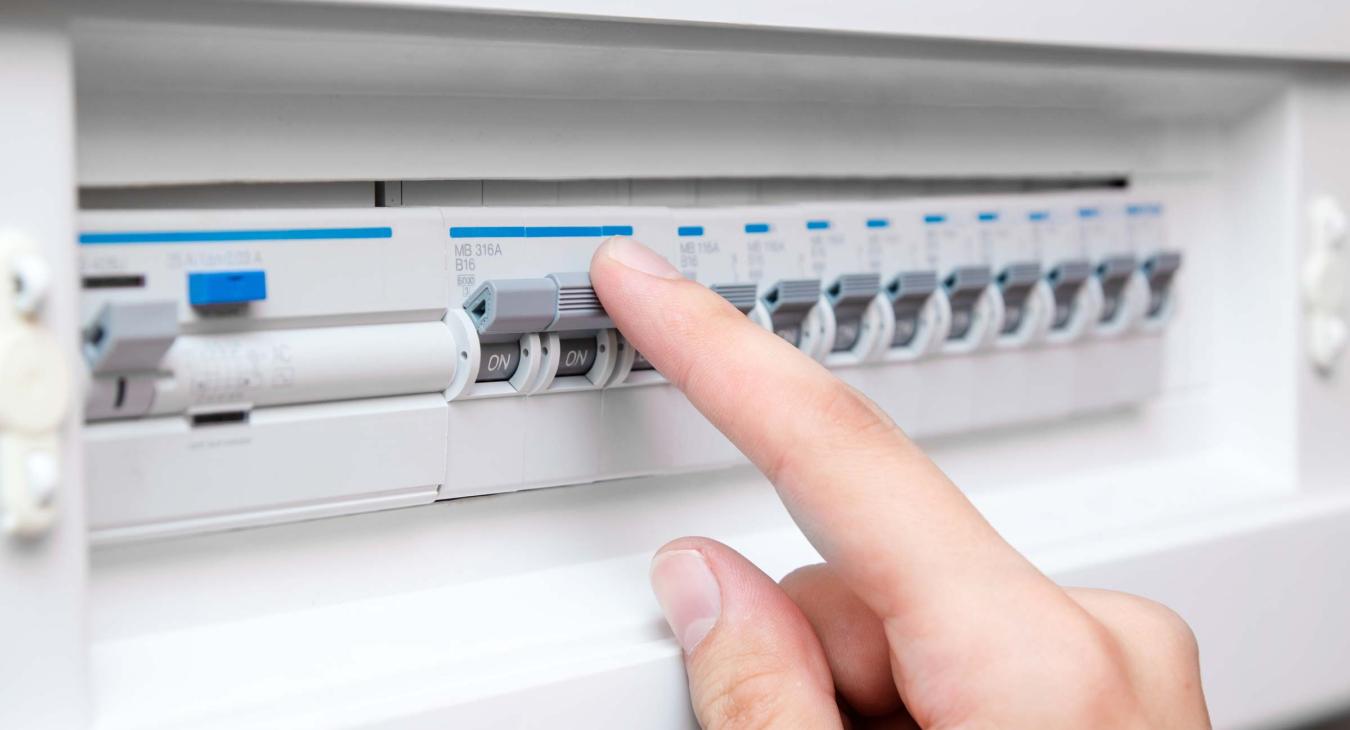

What are "safe wiring zones"?
Whilst I am out working I have the pleasure of being able to talk to customers and it helps me gain insight into the general knowledge that the majority of them hold regarding their electrical system. Although the majority of electrical work should be carried out in a safe manner by a qualified and competant professional, there are some simple ways that we can avoid common, "man made", electrical faults or issues.
One of the main ones, which I am always surprised of how little people know about, is what we call "safe wiring zones" (I don't think there is an exact term used in the regulations but this is what I refer to them as). I'll put the regs below, taken from page 82 of the BS7671:2018 on site guide (if you do decide to skim over it be sure to pay attention to the image below and the little write up I'll put underneath).
The main reason you will have to pay consideration to these zones are when you come to perform general diy, hanging a picture, drilling into the wall and anything that may impact these cables that are hiding away out of sight.
The main part for you to pay attention to is:
Installed in a zone either horizontally within 150 mm of the top of the wall or partition or vertically within 150 mm of the angle formed by two walls, or run horizontally or vertically to an accessory or consumer unit (see Figure 7.3.2). Where the wall is 100 mm thick or less and the location of the accessory or consumer unit can be determined from the reverse side, the zoning arrangement is projected through the wall.
This is simply saying that (if installed correctly) all cables, that are most likely hiding behind plasterboard in your property, will be installed either vertically or horizontally inline with any socket/switch/consumer unit (any electrical accessory) and within 150mm of the ceiling or corner of rooms, if the wall is less than 100mm thick then take into consideration any accessory on the opposite side of the wall also.
This picture gives a great visual representation (also taken from page 82 of the BS7671:2018 on site guide)
As you can see this is where electricians will run there cables in order to keep them in a place that can be taken into account when any future work is carried out.
Unfortunately I have seen (mostly in older properties) that sometimes the cables have been installed outside these zones but there is no way to account for that so we just have to use this guide to err on the side of caution.
The majority of call outs that I have had due to someone drilling through a live cable have all but one been simply because they did not know this and have drilled above a light switch or socket, so hopefully this may save someone else repeating their mistake.










